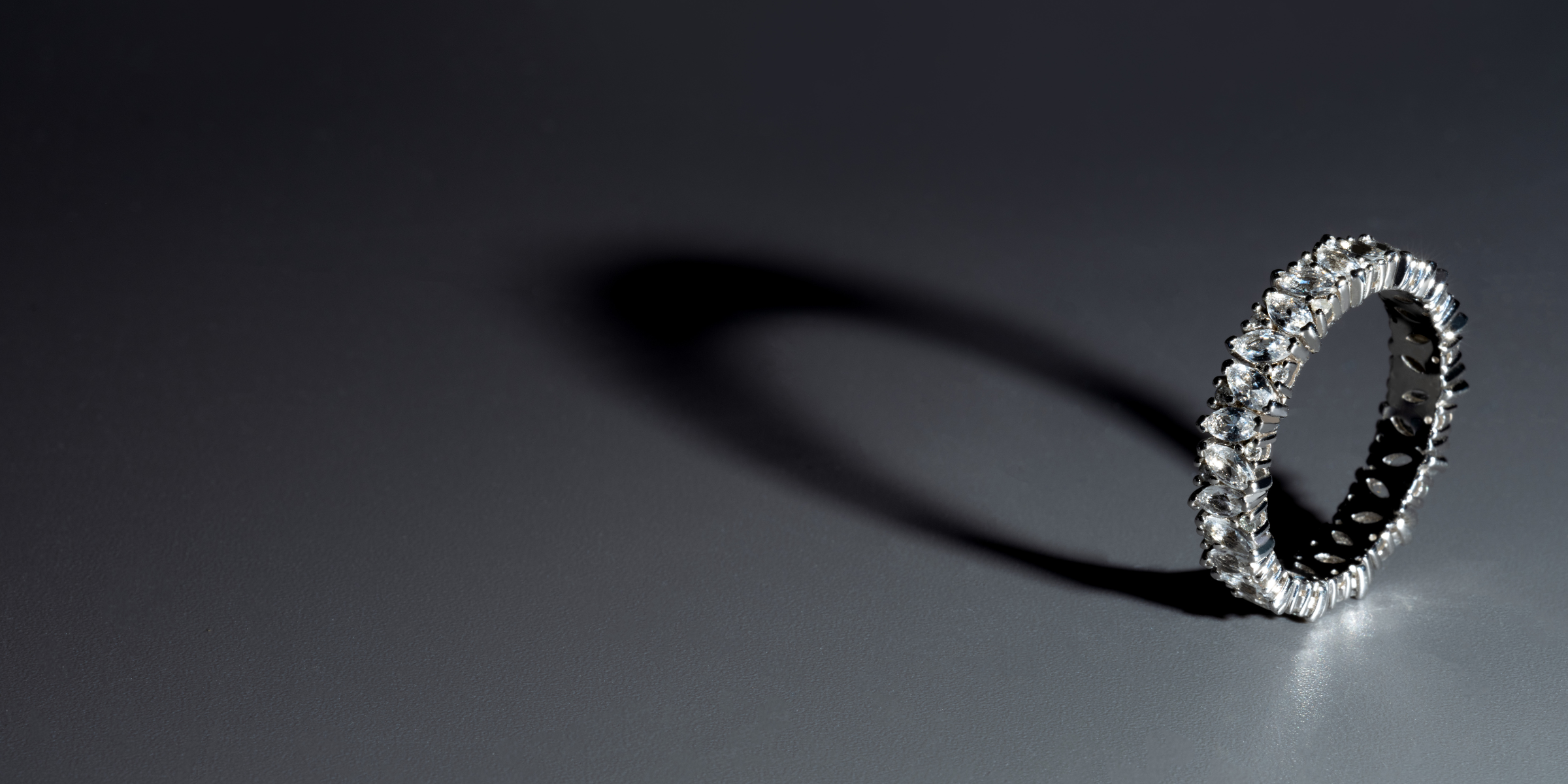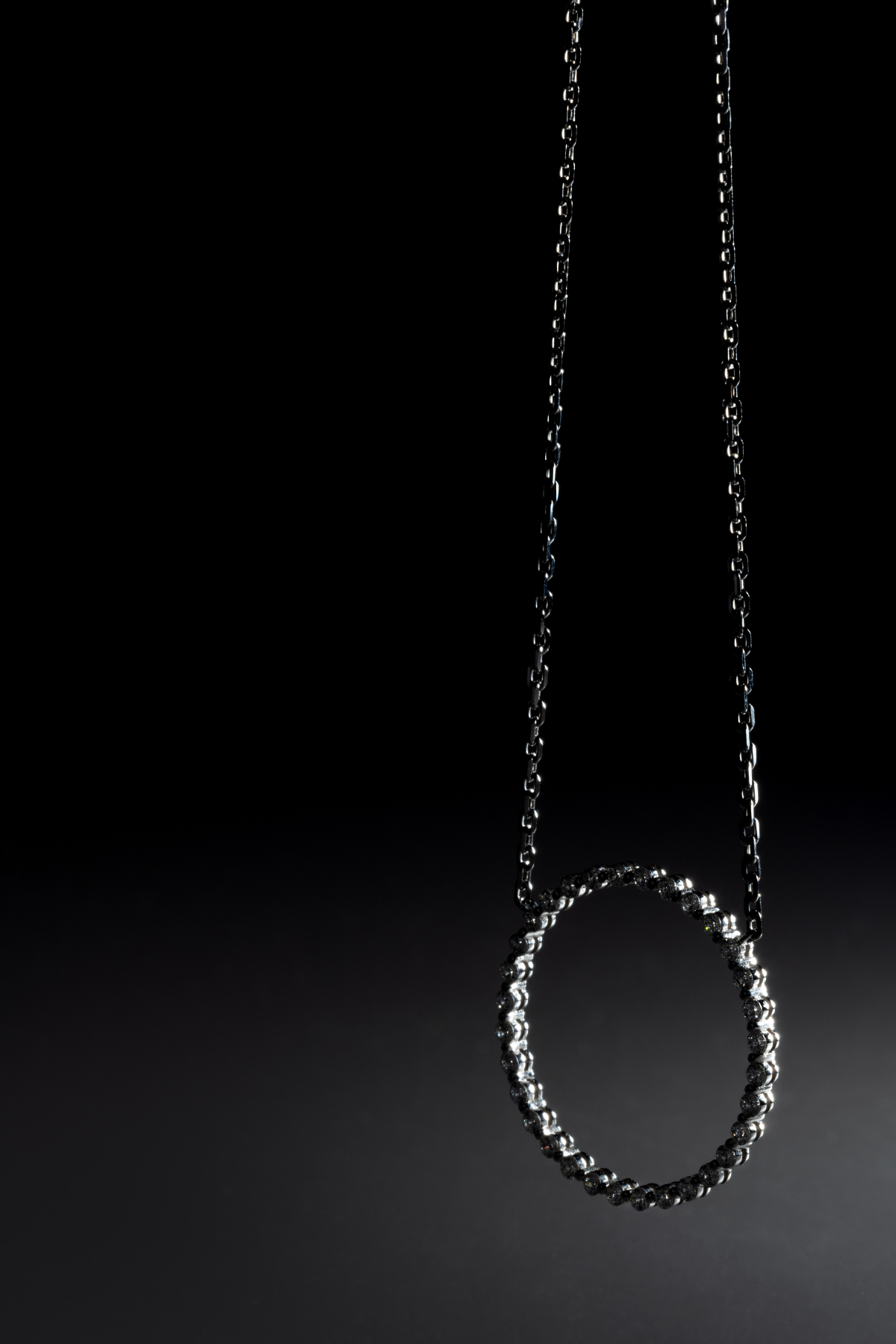The tradition of giving an engagement ring as a symbol of love and commitment dates back centuries. Today, it’s hard to imagine getting engaged without a diamond engagement ring, but this wasn’t always the case. The history of engagement rings is a fascinating tale that spans centuries and continents.
Let’s take a look at the evolution of the engagement ring from ancient times to modern day…
Ancient Engagement Rings
The tradition of giving an engagement ring dates back to ancient times. In ancient Egypt, couples exchanged rings made from braided reeds or hemp. These rings were worn on the left hand, as it was believed that the left hand contained a vein that led directly to the heart.
The ancient Greeks and Romans also exchanged engagement rings, which were typically made of iron or copper. In the Middle Ages, engagement rings became more elaborate. Rings were often inscribed (an early version of the modern bespoke engagement ring process!) with romantic messages or poems, and they were sometimes decorated with precious stones. However, these rings were typically only given by royalty and nobility, as they were too expensive for most people.

The Rise of Diamond Engagement Rings
The tradition of giving a diamond engagement ring began in the 15th century, when Archduke Maximilian of Austria gave a diamond ring to Mary of Burgundy. The diamond was set in the shape of the letter “M,” and it was intended to symbolise their love and commitment to each other.
However, diamond engagement rings did not become popular until the 19th century. In 1867, a massive diamond deposit was discovered in South Africa, which led to a significant increase in the availability of diamonds. The De Beers company, which controlled the majority of the world’s diamond supply, launched a marketing campaign in the early 1900s to promote diamond engagement rings as a symbol of love and commitment.
The campaign was a massive success, and diamond engagement rings became the standard for engagements. The slogan “A diamond is forever” was introduced in 1947, and it became one of the most successful advertising campaigns of all time.
Modern engagement rings, changing times and changing perceptions
Today, engagement rings come in a variety of styles, and diamonds are not the only option. Many couples opt for personalised custom designs and for alternative stones, such as sapphires, emeralds, or rubies, or choose non-traditional designs, such as vintage or artisanal rings. But the biggest shift in alternate stones choices – and more on this later – was the introduction of lab-grown diamonds as competing stones for engagement rings in the later 2000s/early 2010s.
The tradition of proposing with an engagement ring has also evolved. While some couples still follow the tradition of a surprise proposal, others choose to shop for engagement rings together, or even forego the ring altogether. Some couples choose to exchange other gifts, such as watches or pieces of jewellery, as a symbol of their commitment.

Engagement Rings Around the World
The tradition of giving an engagement ring is not universal, and different cultures have their own unique traditions. In India, for example, engagement rings are not traditionally exchanged. Instead, the bride-to-be is given a mangalsutra, a necklace made of black beads and gold that symbolises the couple’s union.
In some parts of Europe, engagement rings are worn on the right hand instead of the left. In Norway, couples exchange simple silver bands as engagement rings, while in Germany, engagement rings are often made of gold.
In some cultures, engagement rings are a recent addition to the tradition of marriage. In Japan, for example, engagement rings only became popular after World War II, and even today, they are not always exchanged. In China, engagement rings are a relatively new tradition as well, and they are often given as part of a Western-style wedding ceremony.

The future of engagement rings – how lab-grown diamonds changed everything
In recent years, lab-grown diamonds have gained significant popularity as an ethical and eco-friendly alternative to traditional diamonds. More and more couples are choosing lab-grown diamonds for their engagement rings, and this trend shows no signs of slowing down.
One of the main reasons why lab-grown diamonds are gaining popularity is their ethical and sustainable nature. Unlike traditional diamonds, which are often mined in developing countries where workers may be subjected to poor working conditions and low wages, lab-grown diamonds are created in a controlled environment. This means that the workers who create lab-grown diamonds are paid fair wages and work in safe conditions.
In addition, the production of lab-grown diamonds has a much lower environmental impact than traditional diamond mining.
Diamond mining can cause significant damage to the environment, including soil erosion, deforestation, and water pollution. In contrast, lab-grown diamonds require significantly less energy and water to produce, and they do not have the same negative impact on the environment.
Cost
Another reason why lab-grown diamonds are gaining popularity is their cost. Lab-grown diamonds are often priced much more fairly than mined diamonds of the same size and quality. This makes them a no-brainer choice for couples who are being responsible about their spending.
After all, why not get the same diamond engagement ring, made more responsibly for the planet and at a fairer price?
In addition, the fairness in price of lab-grown diamonds means that couples can choose larger or higher-quality stones for their engagement rings without breaking the bank. This is particularly appealing for couples who are on a budget but still want a beautiful and high-quality engagement ring.

Lab-grown diamonds quality
One of the biggest misconceptions about lab-grown diamonds is that they are of lower quality than traditional diamonds. In reality, lab-grown diamonds are just as high-quality as traditional diamonds. In fact, many experts argue that lab-grown diamonds are even better than traditional diamonds in some ways.
Because lab-grown diamonds are created in a controlled environment, they are often more consistent in terms of colour and clarity than traditional diamonds. This means that couples can choose a lab-grown diamond with the exact colour and clarity they want, without having to worry about variations in the stone.
In addition, lab-grown diamonds are often free of the inclusions and blemishes that are commonly found in traditional diamonds
This means that lab-grown diamonds may actually be more visually appealing than traditional diamonds.
Another advantage of lab-grown diamonds is their availability. Traditional diamonds are a finite resource, and as diamond mines become depleted, the cost of traditional diamonds is likely to continue to rise. In contrast, lab-grown diamonds can be produced on demand, meaning that there is a virtually unlimited supply of lab-grown diamonds available.
This availability means that couples can choose the exact diamond they want for their engagement ring, without having to worry about the availability or cost of traditional diamonds.
It also means that couples can be more selective in terms of the size, shape, and colour of their diamond, as they can choose from a wider range of options than with traditional diamonds.
Finally, lab-grown diamonds have a modern appeal that resonates with many couples. As younger generations become more environmentally and socially conscious, the idea of a lab-grown diamond that is both ethical and sustainable is very appealing.
In addition, lab-grown diamonds offer a level of customisation and personalisation that mined diamonds do not. Couples can choose the exact size, shape, and colour of their lab-grown diamond, and they can even have it customised with engravings or other personal touches. This level of customisation allows couples to create an engagement ring that truly reflects their style and personality.

Times and trends change
We come from an ancient past where diamond engagement rings weren't even a thing, to mined diamond rings becoming more popular, to the world becoming more conscious of where and how we obtain our gemstones.
What does the future hold? No one knows for sure, but one thing seems certain – humanity is becoming increasingly concerned about resources, climate change, and so on. The public is demanding more responsible sourcing in every market sector, and now that demand has reached fine jewellery in a significant way... and the trend seems here to stay!



